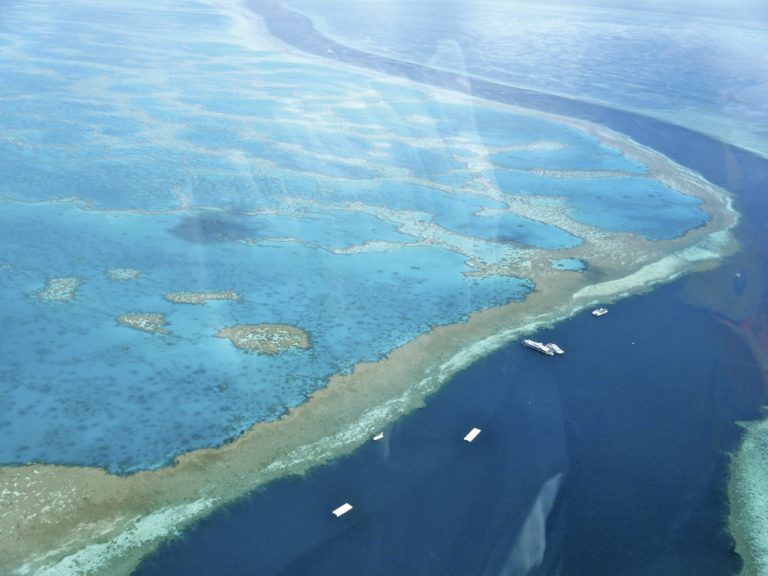
Tanner Walker
The Great Barrier Reef, the world’s only living structure visible from space, may soon be the world’s only corpse visible from space.
Over the last 25 million years, the reef has steadily grown into a network comprised of nearly 3,000 individual reefs and islands covering an area of 133,000 sq. mi. Nearly 9,000 species of marine life call the reef their home.
Unfortunately, as of June 2016, 22 percent of those homes are uninhabitable, according to a study published by the Australian government. Rapidly rising water temperature and acidity levels have pushed the ecosystem beyond its limits.
Some, like the Australian government, would rather not talk about the issue. Earlier this year, the government successfully pressured the UN and UNESCO to remove the section of their report “World Heritage and Tourism in a Changing Climate” dedicated to the Great Barrier Reef.
Their reasoning? “Experience had shown that negative comments about the status of World Heritage-listed properties have impacted tourism,” according to a spokesperson for the Environmental Department.
In 2012, the Australian government reported that businesses dependent on the reef generated nearly $5.7 billion for the Australian economy. The majority of that money came from tourism and associated industries, so trying to protect the reef’s reputation is understandable. Ignoring the issue is not.
On the other hand, Rowan Jacobsen argues that damage caused by global climate change and ocean acidification are irreversible. Published in outsideonline.com, Jacobsen’s article, “Obituary: Great Barrier Reef (25 Million BC-2016)”, went viral after pronouncing the reef dead.
Certainly a polarizing statement, the obituary raised awareness in pop culture but is barely a better perspective than the Australian government’s.
Ignorance is bliss until it causes harm. At this point the reef’s troubles are too great to go unnoticed. Hiding the problem is impossible and abandoning hope of saving the reef means losing hope of saving the environment as a whole.
Research has shown the negative impact humans have had on the environment over the past few centuries. In the last decade, society as a whole has become more aware of the issue, accepting that a rapidly changing environment is largely due to human activity.
Coral bleaching is the most immediate threat to the reef. When water temperatures rise too high or too rapidly, stressed out coral polyps expel their symbiotic partner, zooxanthellae. Without the colorful algae living in their tissue, corals are left bleached white and unable to produce enough food on their own.
Bleaching is a quick process with visibly striking effects, but it is not the only danger the reef faces. As the ocean absorbs more CO2, it also becomes more acidic. Increased acidity damages the hard calcium carbonate skeletons the soft polyps make for themselves. It also makes initial settlement much more difficult for juvenile polyps.
In short, if current climate trends continue, existing corals will continue to perish and new or rebuilding reefs will face extreme difficulty getting started.
The Great Barrier Reef’s troubles are complex, but it also provides a situation to test new technology and policy dedicated to conservation. Action on a massive scale would be required, but the reef is a massive part of our world. A structure so vast and impressive should serve as a reminder of our progress in protecting the environment, not a reminder of our failures to save it.
If measures aren’t taken to save the reef we will be left with a skeleton visible from space.










